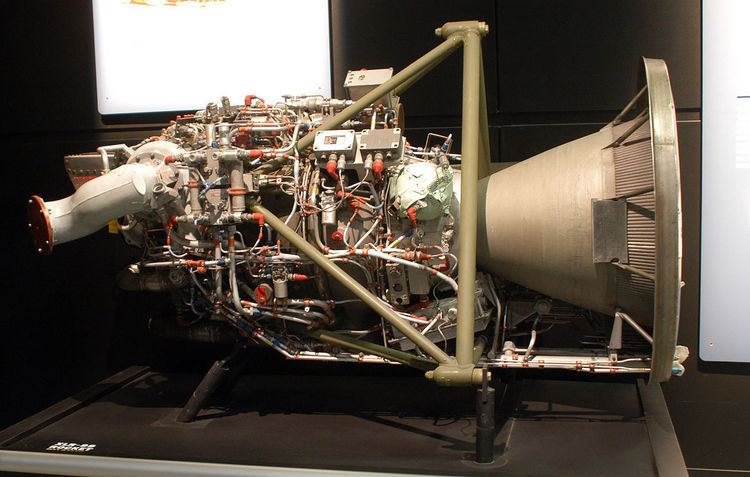Designer Airbus Status Operational | First flight 1974-12-19 Application apogee engines Propellant MON / MMH | |
 | ||
The S400 is a family of pressure fed liquid propelled rocket engines manufactured by Airbus. They burn MMH and MON as propellant, have a thrust range between 340420 newtons (94 lbf) and 450420 newtons (94 lbf) and can vary the O/F ratio between 1.50 and 1.80. The chamber and throat are made of a platinum alloy, it uses double cone vortex injectors and uses both film and radiative cooling. The S400 engines have been used as primary apogee engines for telecommunications satellites such as the Thales Alenia Space Spacebus as well as deep space missions such as Venus Express.
The family has had an extensive history on the commercial telecommunication market. Its first launch was aboard the Symphonie 1 in 1974. This was the first commercial three-axis stabilized communications satellite in geostationary orbit with a bipropellant rocket propulsion system. It also was the first European communications satellite system. This family of engines have displayed a remarkable competitiveness, still winning many designs (for 2015, it is expected to fly on Sicral 2, ARSAT-2, Hispasat AG1 and MSG-4.
